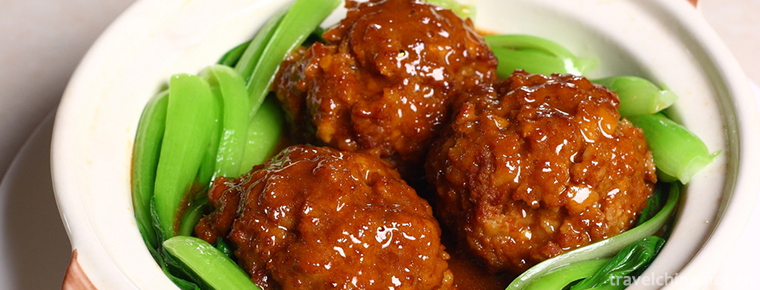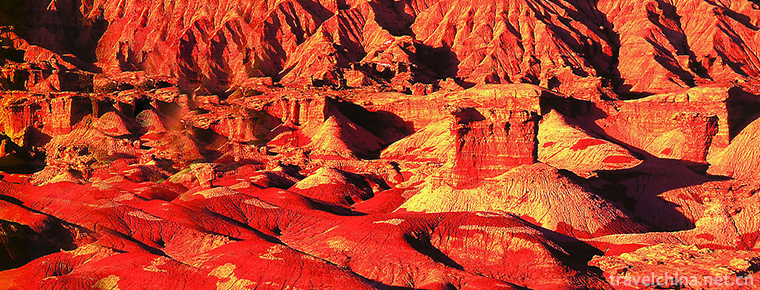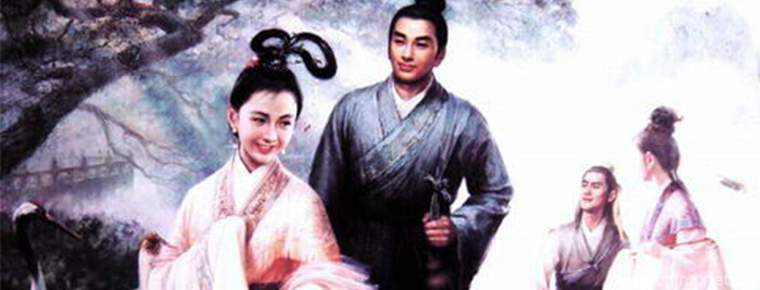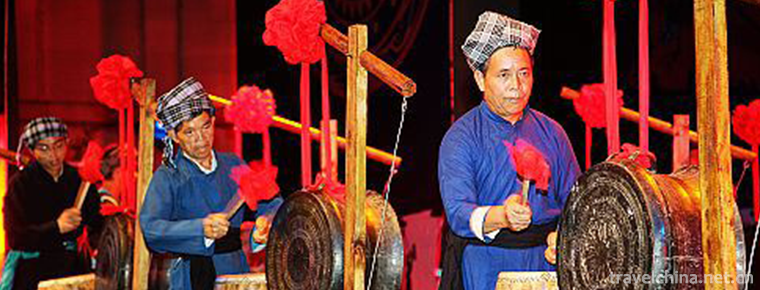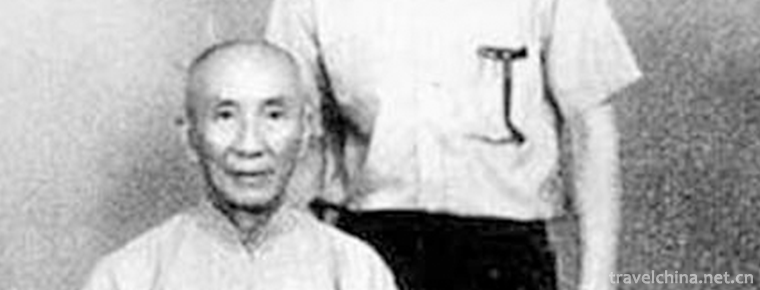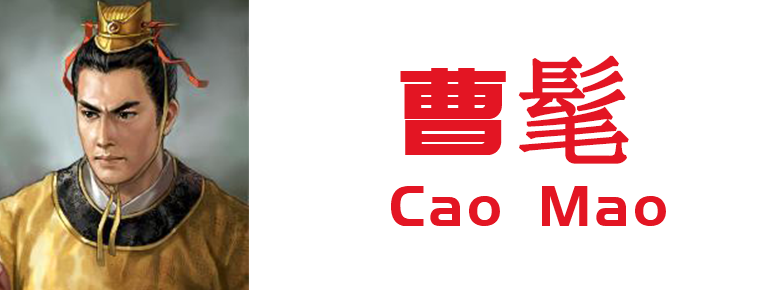Carpet Weaving Techniques
Carpet Weaving Techniques
Uygur carpet is a handicraft with a long history and tradition. It integrates painting, sculpture, knitting, embroidery, printing and dyeing.
Characteristic
Xinjiang carpet is also known as Oriental carpet. It is rich in national characteristics and local style regardless of style, pattern and color. It is famous for its excellent raw materials, fine texture, dense pile, thin and flat carpet surface, exquisite workmanship, unique design, fine weaving, beautiful color matching, durable and elaborate design. Xinjiang carpet has a wide range of varieties, mottled patterns and colors, mainly Aru style and Ailu style. Iranian, Chakima and Alar styles are mostly symmetrical and neat patterns, rough lines and strong contrast. They can be divided into blankets, tapestries, cushions, worship blankets, mattresses and so on. Xinjiang carpets are also exquisite works of art, which are collected by many art collectors. So far, the Victoria and Arabic Museums in London, England, and the Textile Museum in Washington, USA. Museum, Frankfurt Handicraft Museum, Germany, are collecting Xinjiang wool carpets or silk carpets as treasures for people to appreciate. Xinjiang carpets are either hanging on the walls of halls or spread in indoor corridors. The carpet surface is smooth, the blanket board is soft, beautiful and elegant, and the tone is bright. It is the ideal high-grade articles for family and hotel decoration. Xinjiang carpets are of excellent quality, in addition to the use of hand-beating. In addition to knitting and knitting, the graphic weavers are exquisite and compact (passing through more than ten complicated processes successively), and they are also strongly attributed to the excellent quality of wool used to weave blankets.
Manufacturing process
Wool is used as raw material, sheep is a local fine heterogeneous semi-coarse wool sheep breed, wool fibers thick, suitable for weaving, luster, bright dyeing, strong color, long-term stability, strong wool, elastic, will be twisted into wool yarn, twisted in the "Z" direction (i.e. backhand), dyeing, and then according to the need to ply wool yarn, used as warp, ground weft, wool weft, respectively.( At last, when weaving a blanket, a group of longitude lines and upper and lower layers are interwoven into a flat pattern of basic tissue, and then the dyed pile is bound to the warp line of the basic tissue according to certain procedures, so as to show the different colors and patterns and patterns of the carpet. In the design, it absorbs the essence of eastern and Western culture, art and religious art, and has a unique national style. It has a strong decorative quality.
pattern
Its design and color have more distinct national characteristics and strong local color, mainly Kailiken (four-petal flower spinning), Kachmann (scattered flower pattern), Anaguli (pomegranate pattern), Beixiqi Checkguli (five-branch flower pattern), Shaminouska (Mecca pattern), Bogu pattern and so on. Uygur carpets pay great attention to arranging the same or comparative colors side by side. The comparison fully shows the individuality of various colors.
Place of Origin
edit
Xinjiang Uygur Autonomous Region (hereinafter referred to as Xinjiang) is located in the northwest border of China, the hinterland of Eurasia, covering an area of 16.649 million square kilometers, and occupies China's territory.
Xinjiang is the birthplace of carpet in the world. Xinjiang carpet is famous for its long history and superb skills. It is one of the traditional national arts and crafts in Xinjiang and one of the main export commodities. Hetian is the hometown of carpet in Xinjiang. Uygur carpet raw materials are used. Famous semi-coarse wool and Hetian sheep wool. Breeding wool is thick but not sticky, tough and elastic, and has the advantages of tensile, compressive, luster and strength.

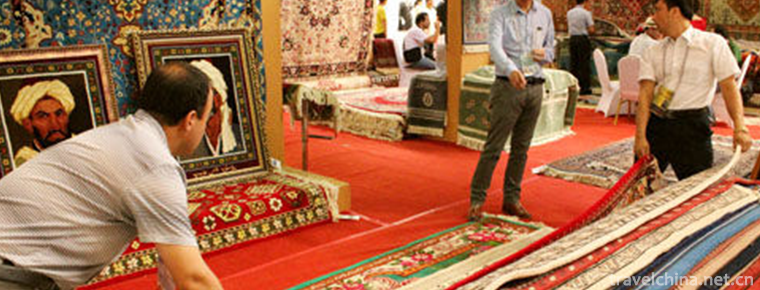
-
Stewed Pork Ball in Brown Sauce
Lion head is a traditional dish in the Huaiyang cuisine of Yangzhou, Jiangsu, China. Legend has it that Lion's Head began in the Sui Dynasty.
Views: 341 Time 2018-10-27 -
Juyong Pass of Great Wall of China
Juyongguan Great Wall is a famous ancient city along the Great Wall of Beijing and a national cultural relic protection unit. It is a national AAAA scenic spot assessed by Beijing Tourism Bureau.
Views: 182 Time 2018-12-10 -
Devil City
The Devil City is also known as the Wind City of Urho. Wuerhe Mining Area in the lower reaches of Jiamu River, located in the northwest margin of Junggar Basin.
Views: 87 Time 2019-02-07 -
Lishui drum words
Lishui Drum Ci is a popular rap art in Liandu and its surrounding areas in Lishui City, Zhejiang Province. Lishui Drum Ci originated from the Tang Dynasty. During the reign of Emperor Li Shimin, it wa.
Views: 335 Time 2019-05-13 -
Legend of Liu Ruan
The legend of Liu Ruan, also known as the story of Liu Ruan's encounter with immortals, is spread in Shangxian (now Xinchang, Shengzhou) and Tiantai. It is a mythological love story that takes Liu Rua.
Views: 389 Time 2019-05-13 -
Twelve tunes of bronze drum
The Buyi bronze drum is one of the ancient percussion instruments of the Buyi nationality, which belongs to the precious national cultural heritage. It is made of bronze, often mixed with Suona, drums.
Views: 110 Time 2019-06-21 -
Yongchun Quan
Yongchun Quan is a traditional Chinese martial arts, a technology to stop invasion, a positive, streamlined and legitimate defense system, and the legal use of force. Compared with other traditional C.
Views: 212 Time 2019-07-14 -
The Story of the Hundred Birds Clothes of the Zhuang Nationality
At the beginning of liberation, Guangxi was a remote part of China at that time, but the appearance of Hundred Birds'Clothes showed that Guangxi was not a barren place for literature, and the minority.
Views: 202 Time 2019-08-16 -
Cao Mao
Cao Mao (241 November 15th - 260 June 2nd) Zi Yan, Pei County, Yuzhou City. Anhui Province Bozhou City People, the Three Kingdoms period the Wei state of the Three-Kingdoms Period The fourth emperors .
Views: 242 Time 2019-09-15 -
Danba pig leg
Xiang Pigs are mainly green fodder. They never feed artificial feed. They graze with cattle and sheep all year round. They have long mouth and small ears, narrow head, straight forehead, narrow body and protruding back, strong limbs and fast running..
Views: 235 Time 2020-12-06 -
Four famous Chinese embroidery
Suzhou embroidery is famous for its fine stitches, elegant colors and fine embroidery. It has the characteristics of flat, light, even, harmonious, fine and dense. The theme is mainly about small animals. Such as "cat play", "wind through flowers",.
Views: 316 Time 2020-12-12 -
Population of Deyang
By the end of 2018, the total number of households in Deyang was 1 million 575 thousand, and the total registered residence population was 3 million 870 thousand. Among them, there were 1 million 242 thousand urban residents and 2 million 629 thousand rural population.
Views: 318 Time 2020-12-14
